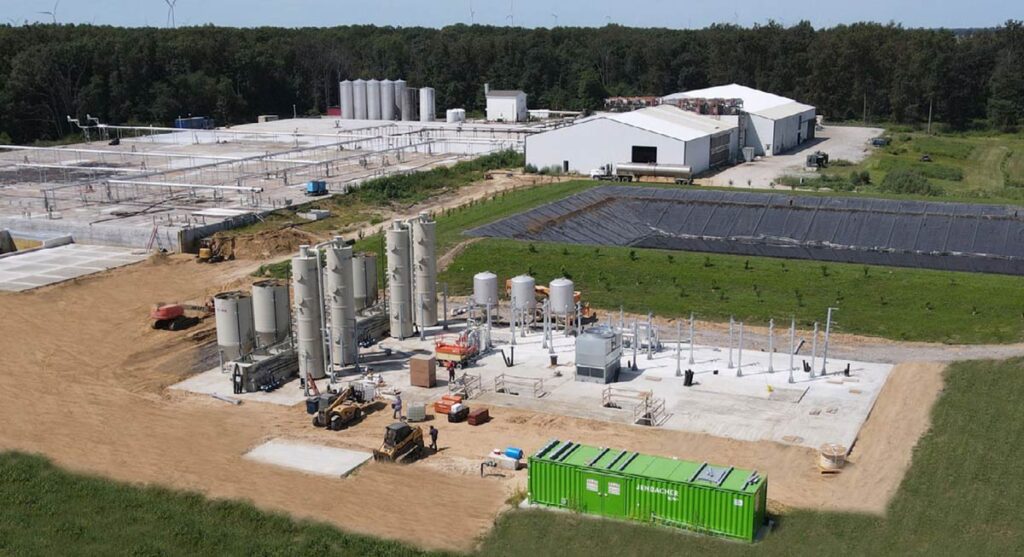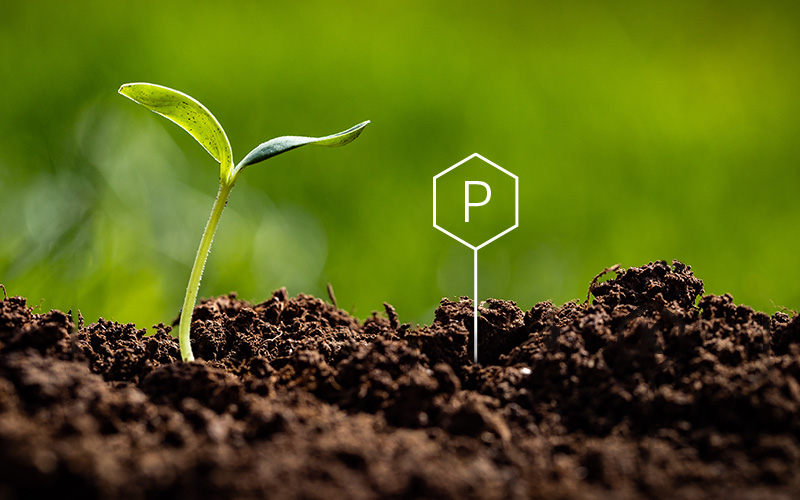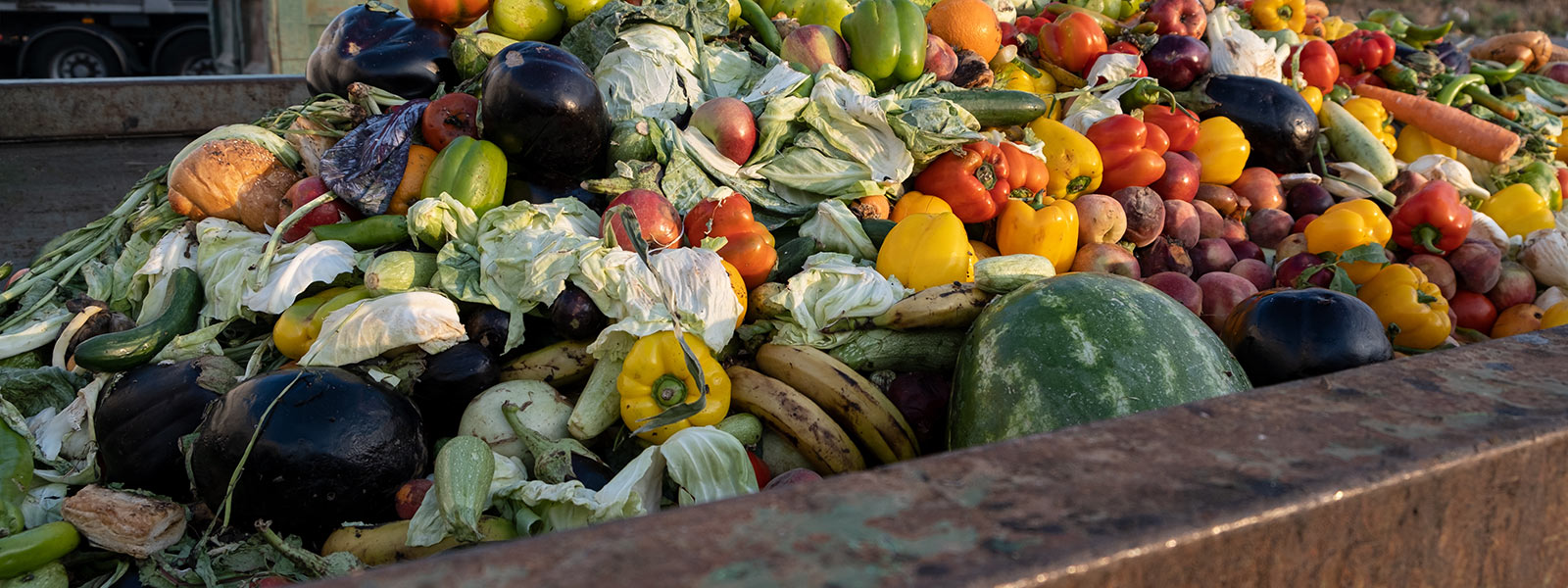
Reducing waste, increasing sustainability
Organic waste, often in the form of food, is a major issue in modern society. In fact, the EPA estimates that more food reaches landfills than any other single material in our everyday trash, constituting 24 percent of municipal solid waste.
DVO anaerobic digesters put waste to work and keep it out of landfills. They process a tremendous variety of commercial and food waste streams – including municipal separated organics, wasted food and food processing waste. Our system can be implemented at municipal organic waste treatment facilities, as well as at meat packing plants, dairy plants, vegetable processors, and more.
Meeting Societal Demands
 Disposal and nutrient management
Disposal and nutrient management
Why pay for landfill space if you can harness your waste? A DVO system handles these waste streams more efficiently than older designs (i.e. “round tank” AD’s) and can also be tailored for specific needs.
 Consumer expectations
Consumer expectations
Sustainability is expected by today’s consumers, which has driven consumer-facing businesses to demand it from their vendors and suppliers. A DVO system delivers a host of benefits that support the sustainability mission of businesses and governments.
 Food and food production waste
Food and food production waste
Anything we eat or drink can generate waste that must be handled. This might include waste from breweries, starch production, milk and cheese production, or separated organics. A DVO system efficiently handles these waste streams, and it can be tailored for specific needs.
 Other organic waste
Other organic waste
DVO anaerobic digesters process more than just waste from animal agriculture or wasted food. Nearly anything that is organic can be handled by our system, including pharmaceutical waste, fats, oils and greases, and industrial organic residuals.
Food Company and Municipality Benefits
- Better neighbor – Waste is thoroughly processed, which greatly reduces odor and pathogens (including E. coli).
- Economic return – Our biogas production per ton of organic waste far exceeds the industry average. Biogas can be burned in a genset or turbine to create electricity or scrubbed to make natural gas.
- Efficient wastewater treatment and disposal – The digester destroys pathogens and odor, while phosphorous and ammonia are captured and removed. Remaining water is safe to return to settling ponds.
- Regulatory compliance – State and federal bodies highly regulate waste streams. A DVO digester reduces that burden by processing organic waste into inert, usable products.
- Long-term solution – Our concrete vessel, built by local contractors, has a longer life than above-ground steel tanks.
- Time savings – Our digesters are simple to maintain and, above all, optimized for reliability.
- Reduce emissions – Our digester provides unmatched greenhouse gas emissions reductions.
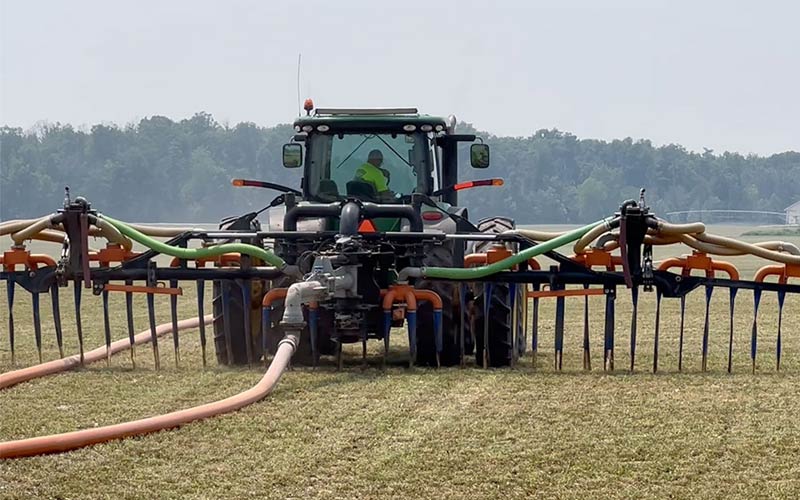
Fertilizer Byproducts Add Value
Phosphorous and nitrogen are valuable crop fertilizers, and the DVO digester captures these nutrients as byproducts of the digestion process. The finished by products have commercial value and can be sold to crop farmers. Unlike raw manure, treated liquid from the anaerobic digester is made “plant-ready.” It can be irrigated to a growing crop, making nutrient management more flexible. An optional secondary “fine-solids separation” step allows for the majority of a farm’s phosphorus to be placed into a cake form. It can then be transported to fields that need it while also allowing the liquid volume to be pumped through a pivot irrigation system.
Digester Type Performance Comparison
| Two-Stage Linear Vortex™ | Complete Mix | Covered Lagoon | |
|---|---|---|---|
More biogas means more D3-RIN revenues per cow | 115 | 80 | 50 |
Design generation | 3rd | 2nd | 1st |
Plant longevity (avg years) | 30+ | 15-30 | 5-10 |
Lowest cost per MMBtus output/time | Best | Poor | Poor |
Can process 100% of food/organic waste | Best | Okay | Poor |
Performance is not “seasonal” | Best | Best | Poor |
No composting of solids needed | Best | Poor | Poor |
Pathogen destruction (e-coli, salmonella, etc.) | Best | Okay | Poor |
Odor and weed-seed destruction | Best | Okay | Poor |
Greenhouse Gas (GHG) impacts avoided | Best | Okay | Poor |
Renewable power generated per ton of waste | Best | Okay | Poor |
Positive carbon footprint | Best | Okay | Poor |
Suitable for co-generation (e.g., food waste and manure) | Best | Okay | Poor |
| Download PDF |
We’ve worked with DVO over the years and have always been very happy with the superior performance of their digesters and the dependability of their people. We’ve found that their digester design delivers more biogas than other options in the market.
– Chad Hoerr, General Manager of BioTown BioGas LLCRelated Projects

Green Mountain Dairy Farm, VT
Dairy + food wastes
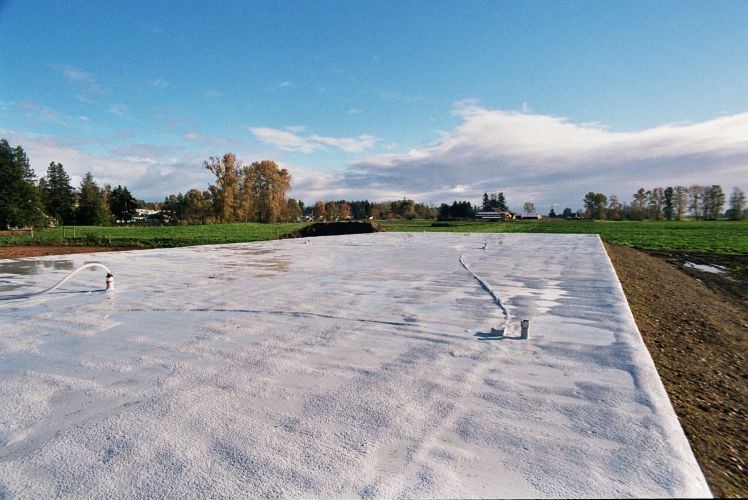
Van Der Haak Dairy, WA
Mixed wastes by Regenis Corp.

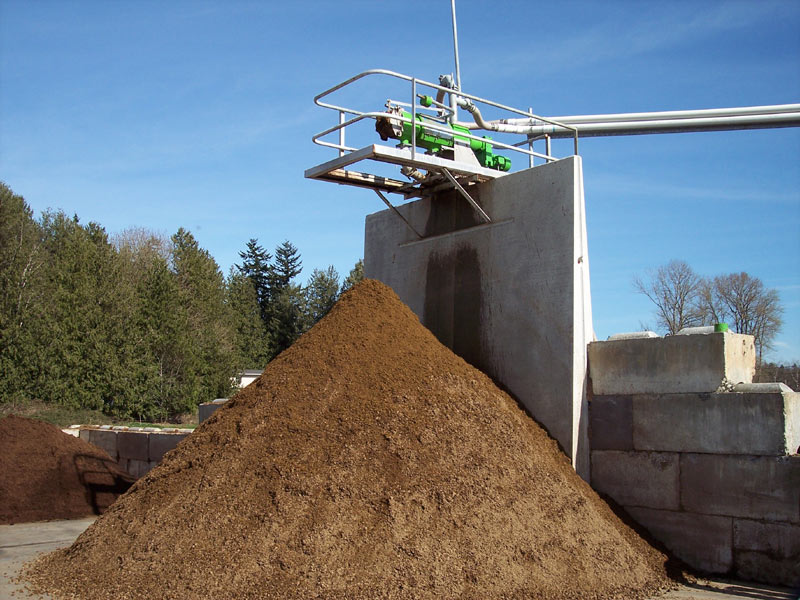

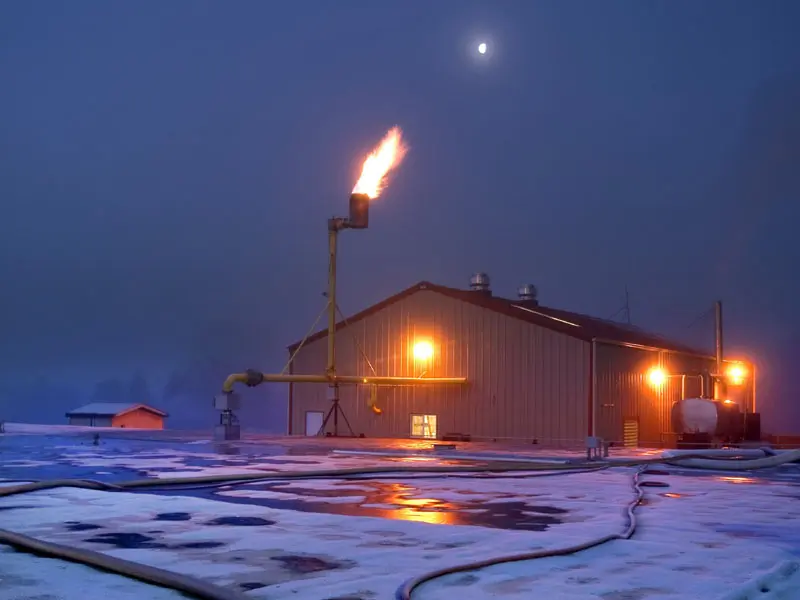
Qualco Energy, WA
Dairy + food wastes by Regenis Corp.

Monument Farms Dairy, VT
Dairy + food wastes

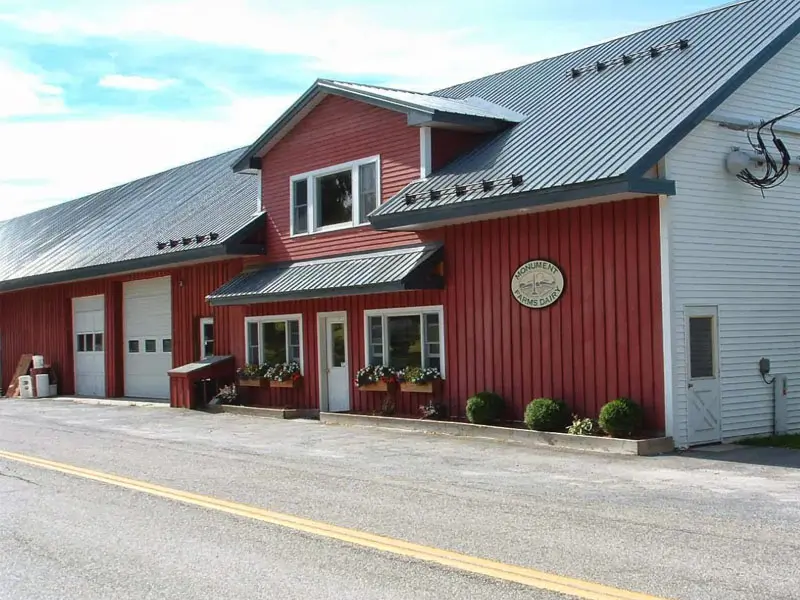
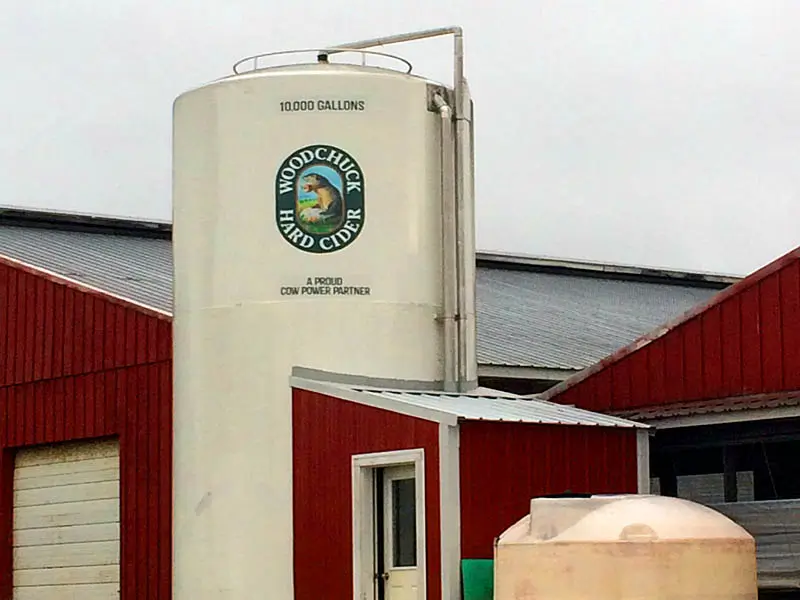
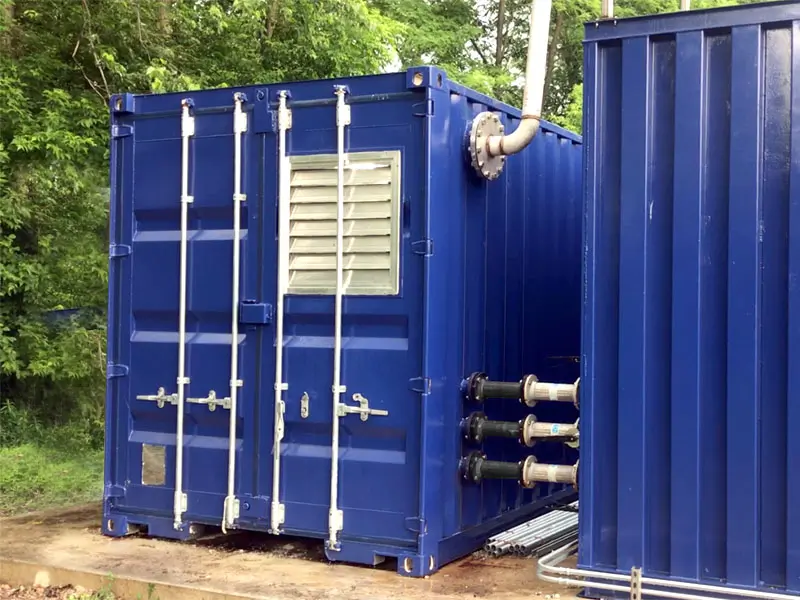
Rushing Waters Fisheries, WI
Our modular "mini" AD, accepting fish wastes & urban organics

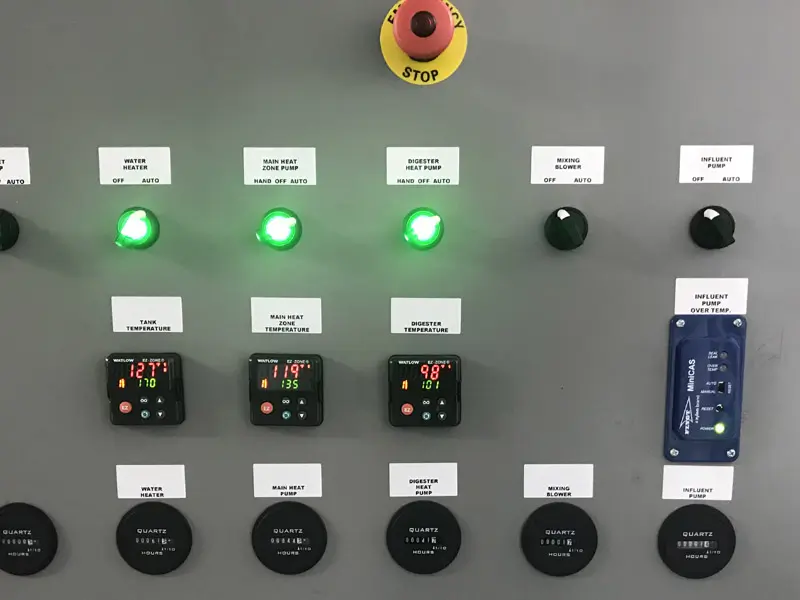
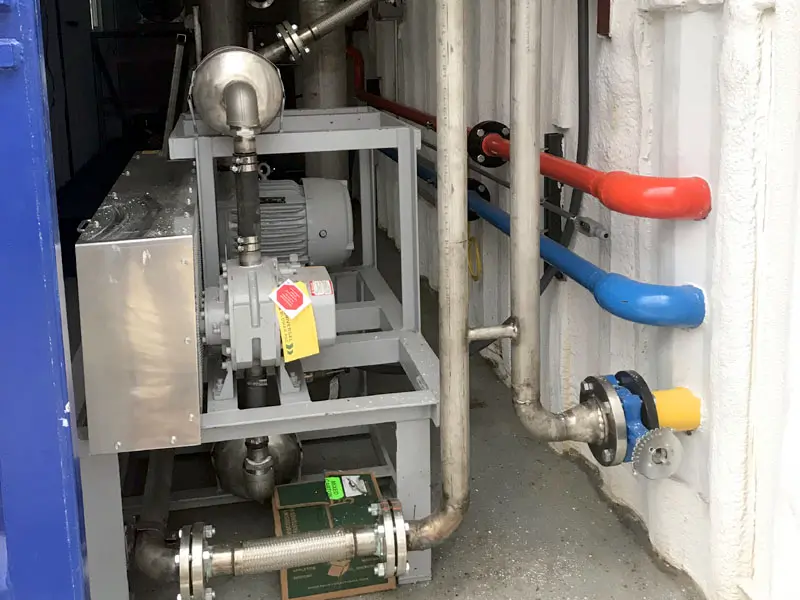
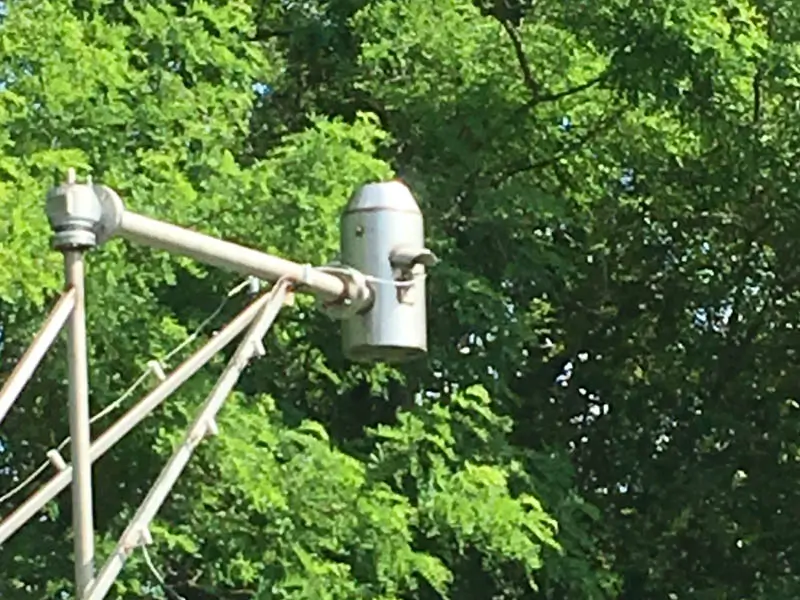

Rainier Biogas LLC, WA
Community/Ag digester, 1MW by Regenis Corp.
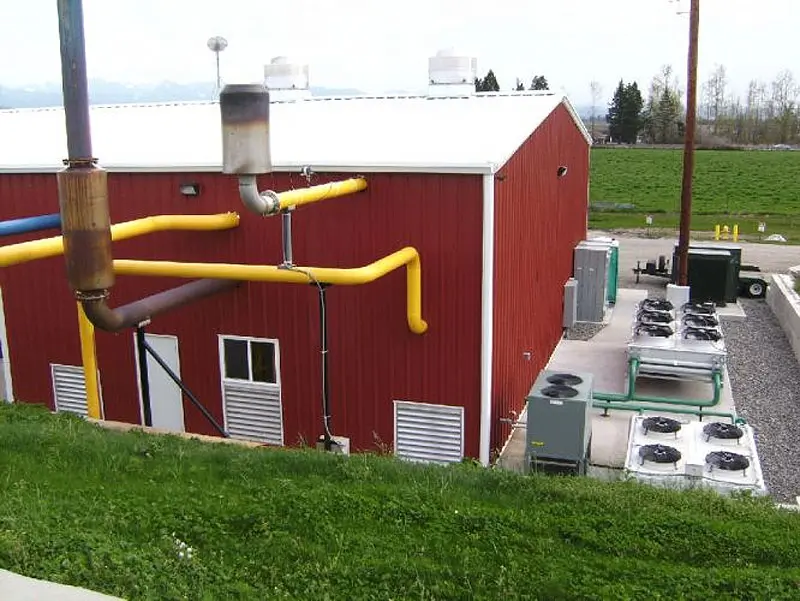

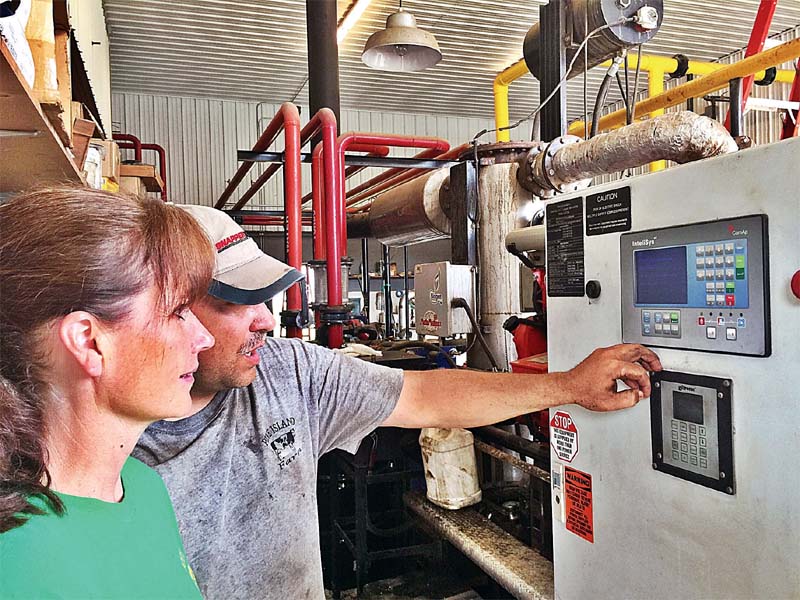
Pine Island Farm, MA
600 milking + food wastes

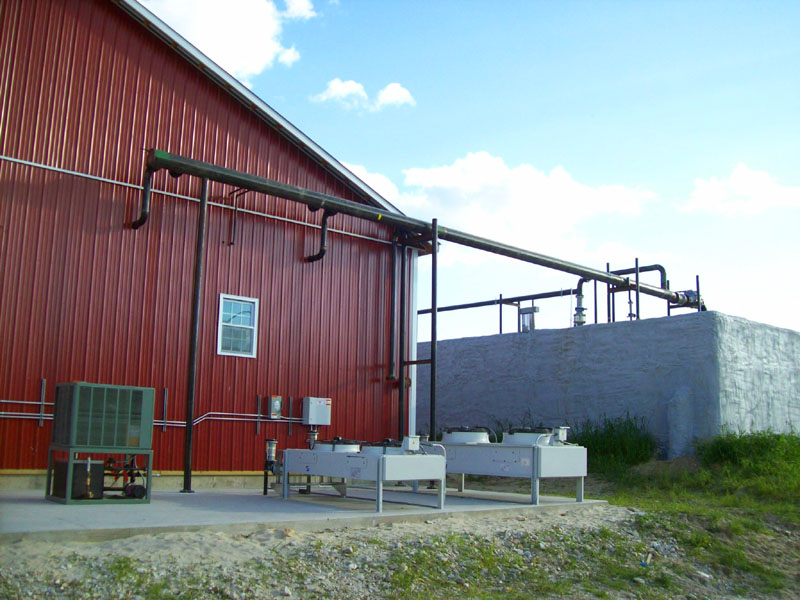

Blue Spruce Dairy, VT

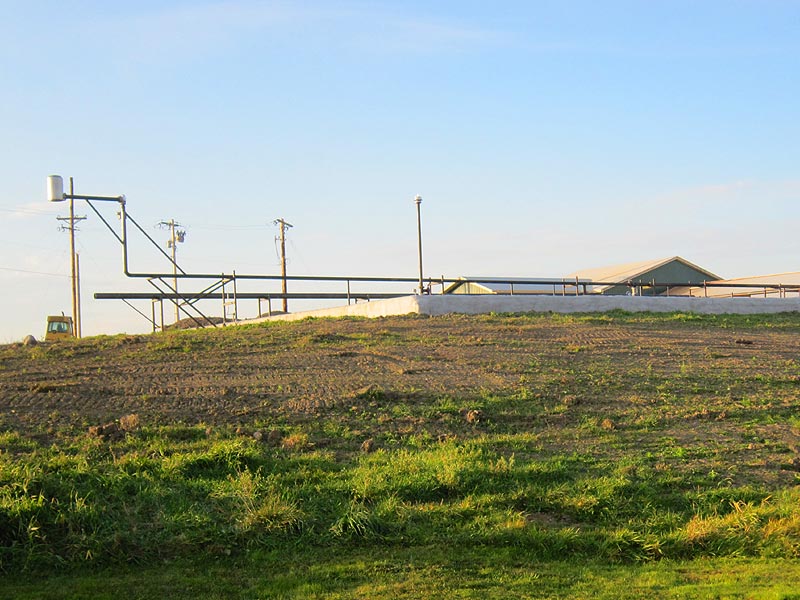
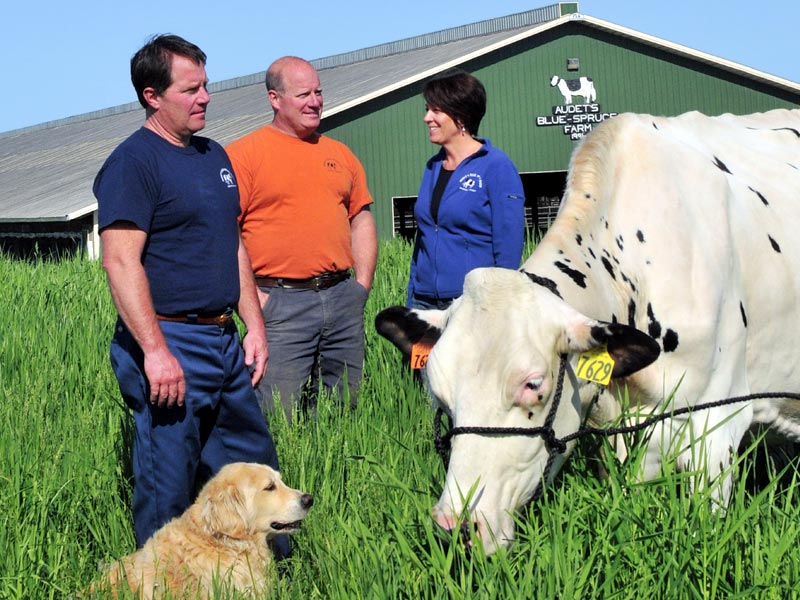
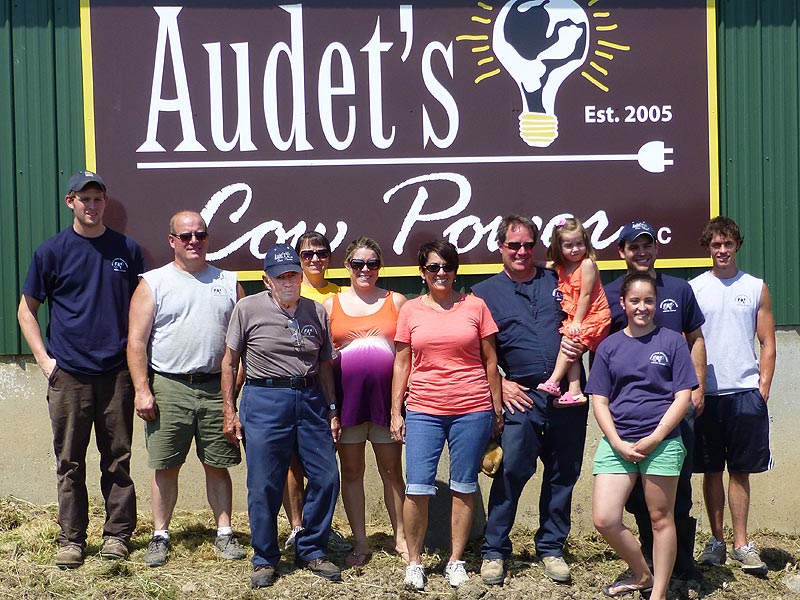
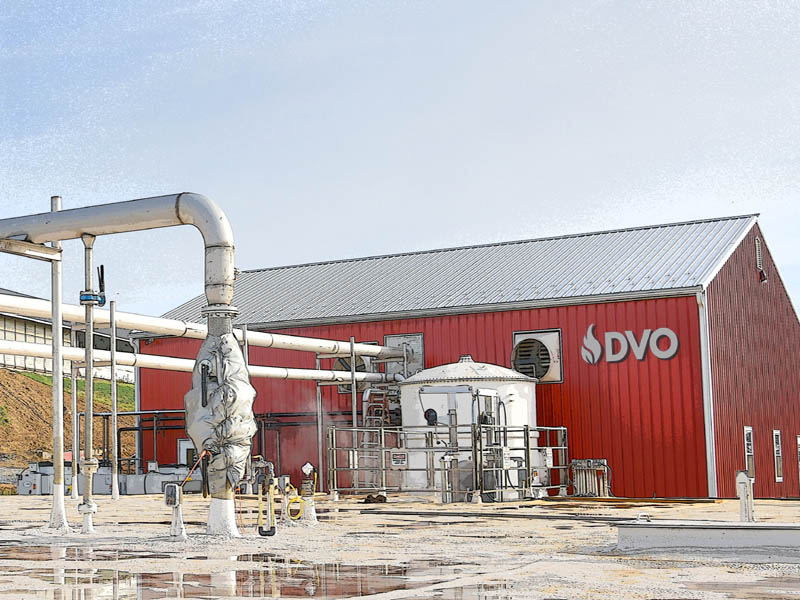
Ar Joy Farms, PA
750 milking + food wastes
Additional Resources
Related Frequently Asked Questions
How do I get started?
With only a few basic pieces of information, namely:
- What is being processed (data such as TS, TSS, pH are helpful too)
- Daily volumes (max)
- Timeframe (when desired)
We can estimate both the capital and operating costs. Melissa VanOrnum, 920-418-4543, will be glad to help you investigate at no obligation.
Who can I contact for more information?
Contact Melissa VanOrnum, DVO Vice President Marketing, at 920-849-9797 or info@DVOinc.com
Is your “Guaranteed Retention Time” also one reason why DVO digesters produce more biogas using the same feedstocks, than other designs?
Yes. And also why we see better odor reduction and pathogen control.
Can I add additional energy substrates to my digester? Such as food wastes?
Absolutely. DVO's unique 2-stage "Mixed Plug-Flow™" design actually does a more thorough job of processing food wastes and other energy substrates, compared to complete-mix/CSTR and other digesters. This is partly due to our guaranteed retention time. — namely, waste does not leave the system "too soon". For this reason DVO also does a better job of pathogen and odor destruction. However, before adding any substrate for the first time we recommend a lab analysis be performed on a sample to ensure that there are no bactericides, high salt concentrations, etc. that might disrupt the digestion process.
Will the digester take in ALL my biowastes?
Yes. They are designed to accept a wide variety of organic wastes, with a range of solids content.
What does it cost to install?
The installation cost is relative to the volume of waste to be processed daily. The particular characteristics of any waste stream can also influence system design and cost as well. Some upfront testing is usually desired.
Do I need a DVO digester? Or will any digester do?
As digester designs differ, so can their performance. Partly because a DVO digester's unique design offers a "guaranteed retention time," waste streams are more thoroughly processed than with other AD designs. The benefit is both a higher level of Phos removal and more economical operation.
DVO is initially rolling Phosphorus Recovery out to its customers, but may also offer this process to other AD owners at a later date (TBD).
Can this process be applied to co-digested, mixed-waste streams?
Yes. For example, phosphorus recovered from urban organics can be diverted from landfills. The PR system can accommodate a high-degree of input variability.
How do I know yours is a good design when everyone else claims theirs is “the best available?”
- Don't take our word for it. The U.S. EPA keeps track of U.S. farm digester installations: https://www.epa.gov/agstar/livestock-anaerobic-digester-database Download this Excel spreadsheet, sort it by the "System Designer" column, and you will see how many DVO has sold in the previous few years (versus competing systems). You will also see repeat DVO customers – a key indicator of customer satisfaction.
- Talk directly to our customers. Any of them. Unlike others we don't provide a "referral sheet." Our customers are our best salespeople, and we encourage you to ask them about their experience with our system. For example, in the dairy industry some of the largest and most respected names (such as Fair Oaks, Bos, and Bettencourt) and operations of all sizes and configurations (scrape, flush, vac, sand etc.), employ our system.
- Compare actual performance figures. It's hard to find complete and accurate performance figures from other companies, especially for manure waste streams that do not contain any substrates (conveniently making valid apple-to-apple comparisons impossible). The EPA commissioned an extensive study at one of our sites, our first built – and the results are available here.
Why do DVO digesters see much better pathogen reduction than “complete-mix” or “plug-flow” designs?
Third-party figures are publicly available, where others typically do not. For pathogens that cause farmers problems, such as E. coli and salmonella, we see 97-99% removal. Lab reports often come back "none detected." This is only possible because our design offers a guaranteed hydraulic retention time, which means every unit of waste that goes into our digester is retained and processed for a guaranteed number of days. In a complete-mix digester this is impossible. Some waste leaves the system too soon, and waste not fully digested will contain many more pathogens, and energy not harvested. Some waste also is left in and processed longer than necessary, which reduces system efficiency.
What do I do with the liquid from the digester?
Since the digester changes the nutrients and waste from primarily organic to primarily inorganic, you can apply digested liquid directly to a growing crop without fear of burning the leaves or killing the plant. As a result, our farmers typically hold their digested liquid for use during the growing season to increase their crop yield (often, significantly). Optionally, DVO can treat the digestate, concentrate the nutrients, and recycle the digestate to dampen incoming, drier wastes. This process is necessary to economically digest poultry litter.
What happens to the nutrients in the manure/biowaste?
No nutrients are lost because the digester only breaks down carbon-based molecules. It cannot break down nitrogen, potassium or phosphorous. However, it does change the form of the nutrients, from an organic state to an inorganic state, which means nutrients are more "plant-accessible." This is why liquid coming from a digester can be applied to a growing crop without burning the leaves. In fact, the nutrients act as an excellent starter fertilizer.
As my operation expands, can my digester expand with it?
Yes. There are two ways to expand your digester. One is to lengthen the digester like you might lengthen a barn. The other option is to build a second digester next to the first and have the two share a common wall.
How much does it cost?
The cost will vary considerably depending on the size and layout of the operation. We can provide a rough estimate after gaining an understanding of certain aspects of your operation. We work hard to keep our system costs down without impacting system performance or reliability.
What are your digester’s products/revenue streams?
Biogas, which can be used to create electricity or in a boiler to create steam. Or it can be scrubbed to create natural gas. Other revenue streams include a solid, a liquid and waste heat.
- Digested solids can be used as a high-quality animal bedding, replacing other bedding sources such as sand or sawdust. Solids can also be sold as a peat-moss replacement or a fertilizer.
- The digested liquid effluent can be applied to a growing crop, reducing the likelihood of runoff and increasing crop yield.
- Other revenue streams include the possible sale of carbon credits, renewable energy credits, and the Federal Production Tax Credit.
- Waste heat in the form of hot water is a byproduct that digester owners are using to heat various parts of their operation (parlor, maintenance shop, etc.)
How do I know what can be digested?
At no cost or obligation DVO will examine your waste stream(s) content or lab data and provide any recommendations.
Latest News
On-Farm Renewable Natural Gas Facility Expands with DVO Technology
Indiana site utilizes DVO Two-Stage Linear Vortex™ digesters for renewable energy production
Read MoreAdvanced Phosphorus Recovery System Introduced by DVO
By Jillian Cameron, FrazierHeiby CHILTON, Wisconsin – DVO, Inc., a leader in the environmental engineering industry and North America’s largest...
Read More
